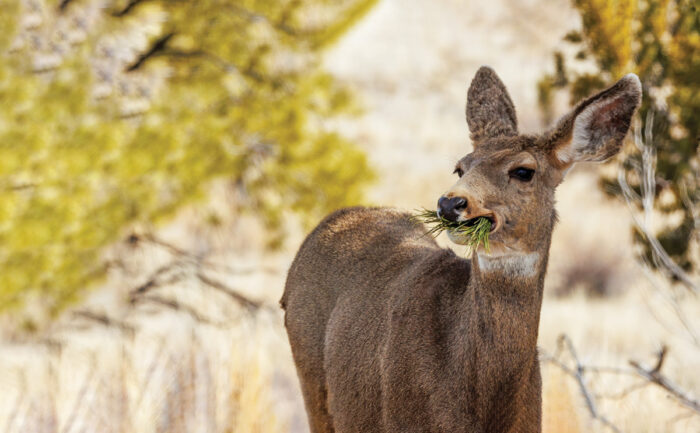
Evergreen trees and shrubs form the structural backbone of any garden design and are invaluable for multi-season interest. They can act as focal points or they can be a backdrop for other plants and garden features. Their utility and importance cannot be understated.
Where I work as a landscape designer in Morris County, New Jersey, we face some of the highest deer pressure in the country. For those who garden in unfenced areas with escalating populations of these creatures, few things are more devastating than a prized or expensive plant ruined by browsing. While there are deterrents you can use with varying degrees of success, the solution ultimately lies in plant choice. With careful selection, there are many options of both broadleaf evergreens and conifers that are garden worthy, fit your conditions, and are unattractive to hungry critters. Although nothing is completely deer proof, the following plants are typically left undisturbed, allowing gardeners to enjoy them for years to come.
Broadleaf Evergreens
 |
 |
While resistant to pests, ‘Green Shadow’ sweetbay magnolia will keep the butterflies coming
Name: Magnolia virginiana ‘Green Shadow’
Zones: 5–10
Size: 20 to 35 feet tall and 10 to 20 feet wide
Conditions: Full sun to partial shade; wet to well-drained soil
Native range: Coastal eastern and southeastern United States
‘Green Shadow’ sweetbay magnolia takes a wide variety of conditions. This underused, fragrant, small tree has an open form and white blooms in summer (inset), making it an asset when other blooming trees and shrubs are waning. The blossoms are followed by ornamental, orange seedpods. It is a host plant for several types of butterflies and moths, including the native tiger swallowtail. Notable are its long ovoid and lanceolate leaves and green stems. This tree loses some foliage in the coldest of winters, but most leaves will persist. It’s also salt tolerant, making it appropriate for coastal gardens and street plantings.
‘Satyr Hill’ American holly’s pretty, upright form and shiny foliage should stay intact all winter
Name: Ilex opaca ‘Satyr Hill’
Zones: 5–9
Size: 25 to 35 feet tall and 15 to 25 feet wide
Conditions: Full sun to partial shade; moist, sandy, well-drained soil
Native range: Eastern and central United States
One of our best native hollies, American holly is an excellent deer-resistant tree due to its spiny leaves. Generally, this plant is too large to use in most suburban garden settings. ‘Satyr Hill’ is a more compact variety suitable for smaller gardens; it will only reach 9 to 10 feet tall and wide after 10 years. Ultimately it will get larger, but it takes well to pruning and its size can be easily managed. ‘Satyr Hill’ naturally grows in a tight pyramidal shape (inset) with slightly glossy leaves that are more olive in color and flatter than most other hollies. With a male pollenizer nearby, female plants produce abundant red fruit in fall, an important food source for birds including American robins, cedar waxwings, and bluebirds. Although this tree is hardy to Zone 5, fruit production will be less abundant in colder climates.
For a floriferous shrub that deer will ignore, turn to ‘Otto Luyken’ cherry laurel
Name: Prunus laurocerasus ‘Otto Luyken’
Zones: 6–8
Size: 3 to 4 feet tall and 6 to 8 feet wide
Conditions: Full sun to partial shade; moist, well-drained soil
Native range: Southeastern Europe and southwestern Asia
The lustrous, dark green foliage of ‘Otto Luyken’ cherry laurel shines on its compact form, making it very valuable for small gardens. It can be used as a screen or as an evergreen presence in mixed borders. This shrub or small tree explodes with white bottlebrush blooms in late spring. All parts of this plant are toxic if ingested by both people and animals, which is what makes it deer resistant. While cherry laurel doesn’t like to be heavily fertilized, it can be shaped by hand pruning just after bloom. Hedge shears will ruin the large leaves and make the plant look sloppily shorn, so it is best not grown as a hedge and instead used in a relaxed, less formal setting.
Fuzzy, textured leaves set ‘Green Trump’ leatherleaf viburnum apart while keeping critters away
Name: Viburnum rhytidophyllum ‘Green Trump’
Zones: 5–9
Size: 8 feet tall and 6 feet wide
Conditions: Full sun to partial shade; well-drained soil
Native range: Central and western China
Leatherleaf viburnum’s hairy leaves are irritating to herbivores and mostly avoided. ‘Green Trump’ is a compact cultivar, with smaller and more-rounded leaves than most other varieties. Its sculptural branches are useful in winter containers as are young plants. In spring, the blue-green new foliage and its showy, dark pink buds, which open to white lacecap flowers, separate it from other evergreens in the landscape and can make it a focal point in sun or shade. It should be pruned right after flowering to prevent leggy growth, unless you prefer a more open and airy habit. If left to grow more naturally, this extremely dependable semievergreen shrub makes a great back-of-the-garden plant. Otherwise, if pruned more diligently, dense growth can be achieved that provides screening for privacy.
Captivating Conifers
Japanese plum yews make wonderful English yew replacements, whether creeping or upright
Name: Cephalotaxus harringtonia ‘Prostrata’ and ‘Fastigiata’
Zones: 6–9
Size: 2 to 3 feet tall and 3 to 4 feet wide (‘Prostrata’); 8 to 10 feet tall and 3 to 5 feet wide (‘Fastigiata’)
Conditions: Full sun to partial shade; moist, sandy, well-drained soil
Native range: Japan, Korea, and northeastern China
Japanese plum yew varieties are extremely useful both as specimens or in mass plantings. Deer browse both English yew (Taxus baccata and cvs., Zones 5–7) and hemlocks (Tsuga spp. and cvs., Zones 3–8), so a needled evergreen that is deer resistant and can take some shade is wonderful for gardeners. ‘Prostrata’ has dark, flat foliage held in a chevron on erect stems. It is a loose-spreading, graceful plant that can be pruned to size. ‘Fastigiata’ has more bottlebrush-like needles as an upright columnar cultivar that can make a wonderful evergreen punctuation mark in a shady site. Both forms are slow growing.
‘Blue Pacific’ shore juniper’s prickly, fragrant foliage makes for a lovely ground cover
Name: Juniperus conferta ‘Blue Pacific’
Zones: 5–9
Size: 6 to 12 inches tall and 4 to 7 feet wide
Conditions: Full sun; average, well-drained soil
Native range: Japan and Sakhalin Island in Russia
A low-growing spreader, this juniper sports dense, blue-green foliage. Best if left unpruned, this shrub can sprawl and fill in the rockiest, sunniest, most inhospitable spot in the garden. It will also trail over a wall if given the chance. Salt and heat tolerant, this plant is also resistant to winter injury and develops black seed cones that later turn silver. This juniper is frequently used as a filler plant but really deserves to shine on its own and works wonderfully with low-growing sedums (Sedum spp. and cvs., Zones 3–10) as companions. However, like other junipers, it’s susceptible to blight and tip dieback and may also turn brown from too much or too little water. Be aware of where you site this plant and how wide you allow it to spread, as the dense, low-growing woody structure can act as a rodent highway for critters like mice and chipmunks.
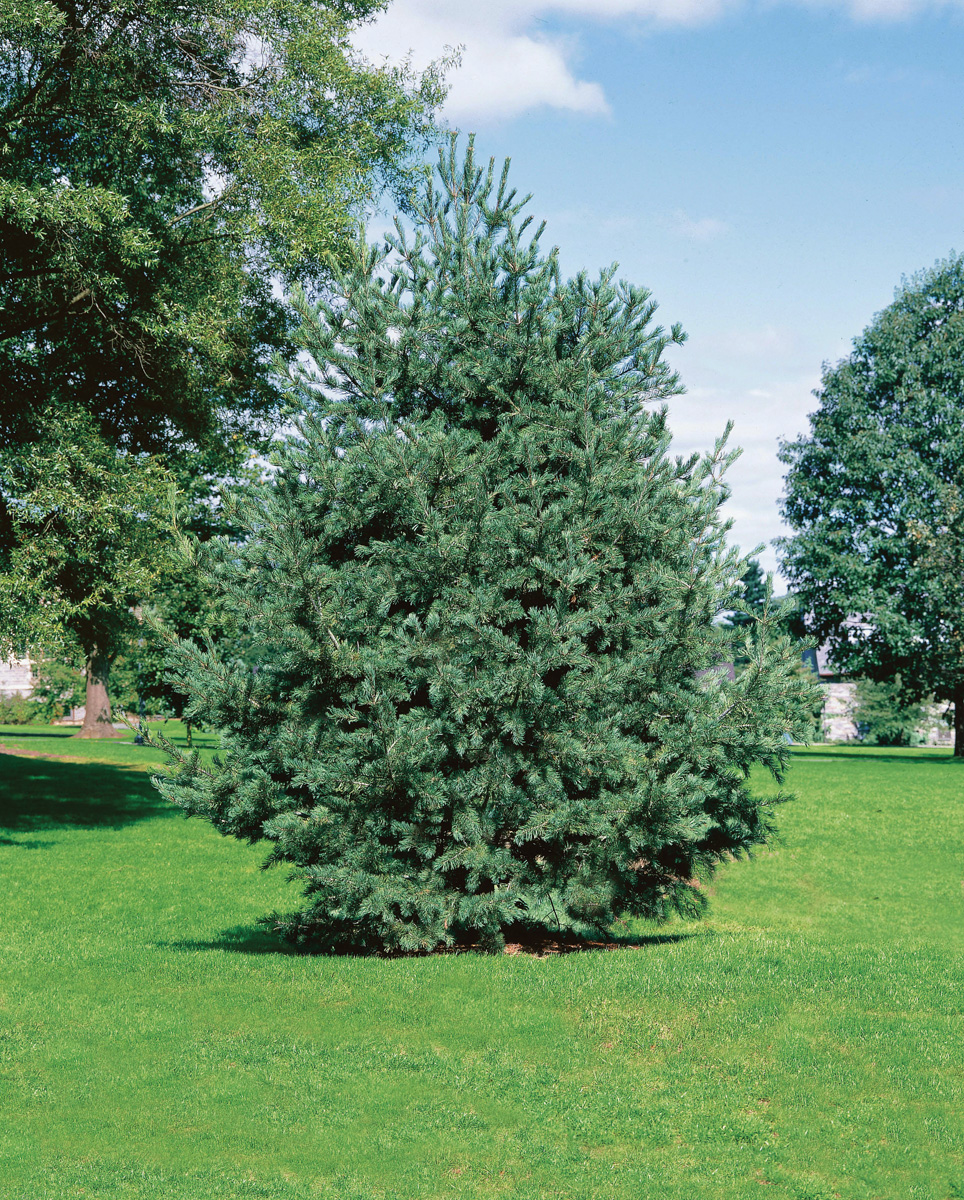
‘Vanderwolf’s Pyramid’ limber pine hides toughness and resilience behind an ornamental exterior
Name: Pinus flexilis ‘Vanderwolf’s Pyramid’
Zones: 4–7
Size: 20 to 30 feet tall and 10 to 15 feet wide
Conditions: Full sun; well-drained soil
Native range: Rocky Mountains
‘Vanderwolf’s Pyramid’ limber pine has a dense, pyramidal form that becomes more rounded as it matures. A five-needle pine, its long (3½ inches), bright bluish-green needles are slightly twisted and give the plant its distinctive soft look (inset). ‘Vanderwolf’s Pyramid’ is smaller in stature than other limber pines and has a broad, upright habit. It’s an excellent tree for screening or to use as an informal hedge. It is more wind resistant than eastern white pine (P. strobus, Zones 3–9), with which it is sometimes confused, since it must stand up to extreme conditions in its native range. The branches are very ornamental and are long-lasting for use in winter containers and displays. While this tree can survive in Zones 6 and 7, it will be much happier and have denser growth in Zones 4 and 5. In hotter areas, its habit will be looser, and it won’t be suitable for screening.
Use ‘Minima Kalous’ mugo pine to fill gaps at the front of your border left by tastier plants
Name: Pinus mugo ‘Minima Kalous’
Zones: 2–8
Size: 1 to 3 feet tall and wide
Conditions: Full sun; moist, well-drained soil
Native range: Central and southern Europe
This diminutive pine maintains its globe shape effortlessly without pruning. It’s the perfect evergreen plant for a small, sunny space or rock garden. It can also be used as a container specimen. Dark green tufts of bristle-like needles grow tightly and cluster irregularly, held at wide angles to form a perfectly round shape. It sports whitish buds in winter, giving it extra interest. Growing only a few inches per year, it will never exceed three feet tall and may stay even smaller. Mugo pines need well-drained soil. Too much water will cause root rot and yellowing foliage. Water regularly until established and then only during drought conditions. While this little gem may be hard to find, it is worth tracking down or ordering from your local garden center.
| DESIGN IDEAS |
3 Different Ways to Use Evergreens in the Landscape
There are many opportunities for these structural woodies to give your design a boost or increase its functionality. Depending on your needs, you can use evergreens to create a hedge or screen a view, or as focal points. Certain evergreens may be suited best for specific applications. Here are some tips for how to implement these planting styles in your garden.
Hedging can be formal or informal but typically involves pruning
Used as a hedge, evergreens can continue the architectural intent of your home, whatever that aesthetic may be. Those that take well to shaping, like ‘Satyr Hill’ American holly, can be pruned using tight, rigid lines with plants placed at exact distances (illustration, left) or pruned in a looser style with a planting placement that’s less precise. Not all evergreens respond well to pruning, so be sure to site your plants properly with plenty of room to grow if you won’t be clipping as often. The most common mistake people make when planting a hedge is placing trees or shrubs too close together. Take the mature width of the plant and reduce that by a foot or two when staggering the plants. They will fill in within a few years as you prune and train your hedge.
Plants for screening must have dense foliage but may not require shaping
If you don’t want a hedge, but just want to block an unwanted view, evergreens are the perfect answer. Since you are not creating a screen that must conform to a certain design, your options open up to plants that don’t need pruning. Choose one with dense foliage and a tight branching structure, and make sure it will ultimately get tall enough to hide the offending view. ‘Vanderwolf’s Pyramid’ limber pine makes an excellent screen if given enough space and wows with its long, soft, bluish needles (illustration, right). Need something smaller? Try ‘Fastigiata’ Japanese plum yew. It is slow growing, stays narrow, and doesn’t get too tall but is impossible to see through.
Focal points rely on unique characteristics contrasted with other plants
When gardeners think about focal points, they don’t often consider evergreens as an option, but they can draw the eye year-round and are the unsung heroes of the winter landscape. One approach is to choose a conifer with interesting colored foliage. A blue-needled evergreen like ‘Blue Pacific’ shore juniper will pop next to low-growing perennials with yellow foliage or flowers, like cushion spurge (Euphorbia polychroma, Zones 4–8; illustration, left). Other traits beyond color can play a role as well. Developing cones or candles on conifers can be just as attractive as flowers on other plants. Placed near a walkway, ‘Minima Kalous’ mugo pine’s diminutive stature can be a focal point when sited against a lighter color or on its own as a punctuation point, and its white new growth grabs attention.
Sources:
The following mail-order sources may offer many of the evergreens featured in this article.
Wilson Bros. Gardens, McDonough, GA; 770-573-1778; wilsonbrosgardens.com
Needham’s Nursery, Mt. Juliet, TN; 615-754-7076; needhamsnursery.com
Pleasant Run Nursery, Allentown, NJ; 609-259-8585; pleasantrunnursery.com
Western Evergreen, Silvertown, OR; shop.westernevergreen.com
Great Plains Nursery, Weston, NE; 402-540-4801; greatplainsnursery.com
Susan Cohan, FAPLD, is the owner and operator of Susan Cohan Gardens in Boonton, New Jersey.
Fine Gardening Recommended Products

ARS Telescoping Long Reach Pruner
Fine Gardening receives a commission for items purchased through links on this site, including Amazon Associates and other affiliate advertising programs.
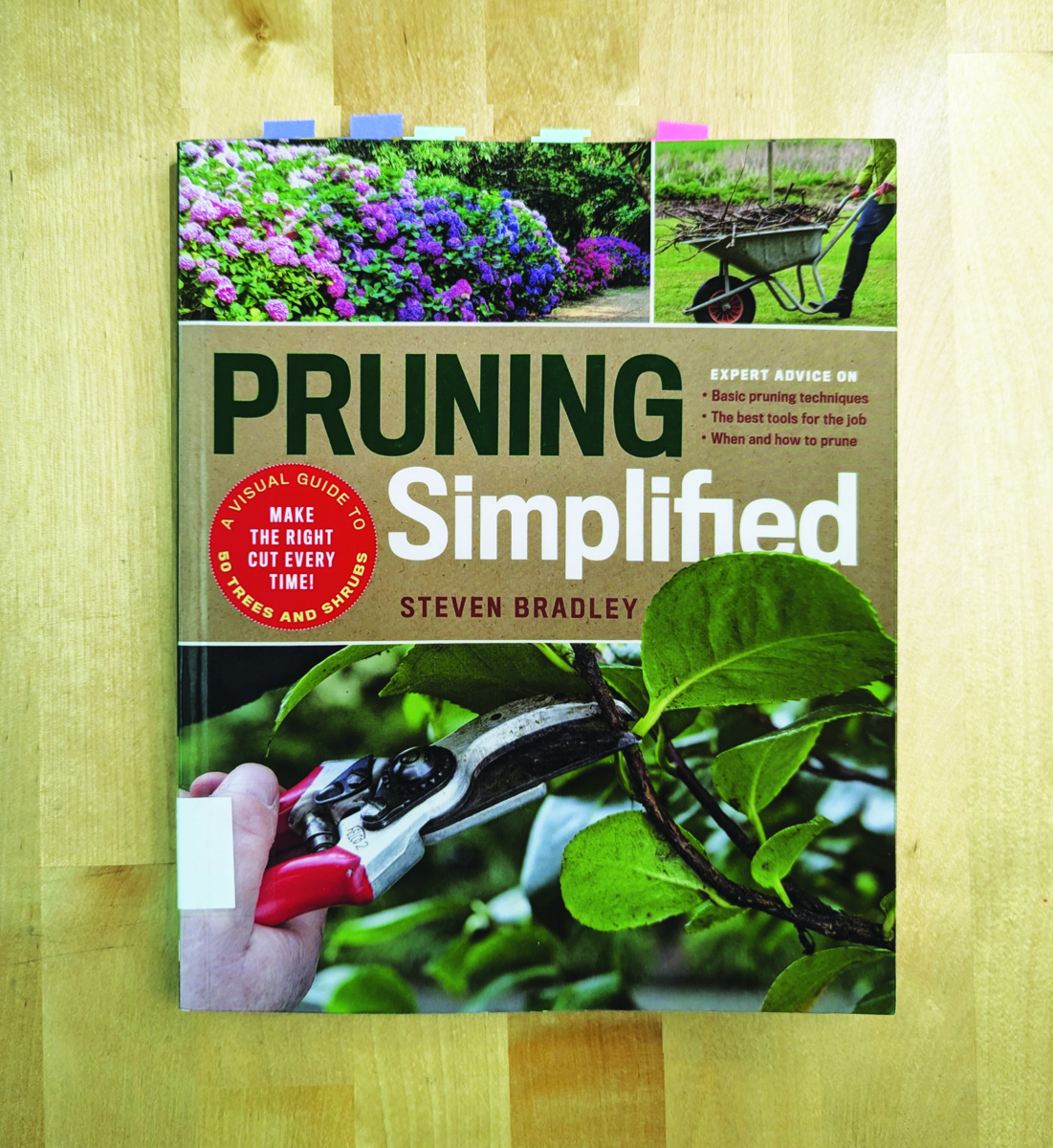
Pruning Simplified: A Step-by-Step Guide to 50 Popular Trees and Shrubs
Fine Gardening receives a commission for items purchased through links on this site, including Amazon Associates and other affiliate advertising programs.
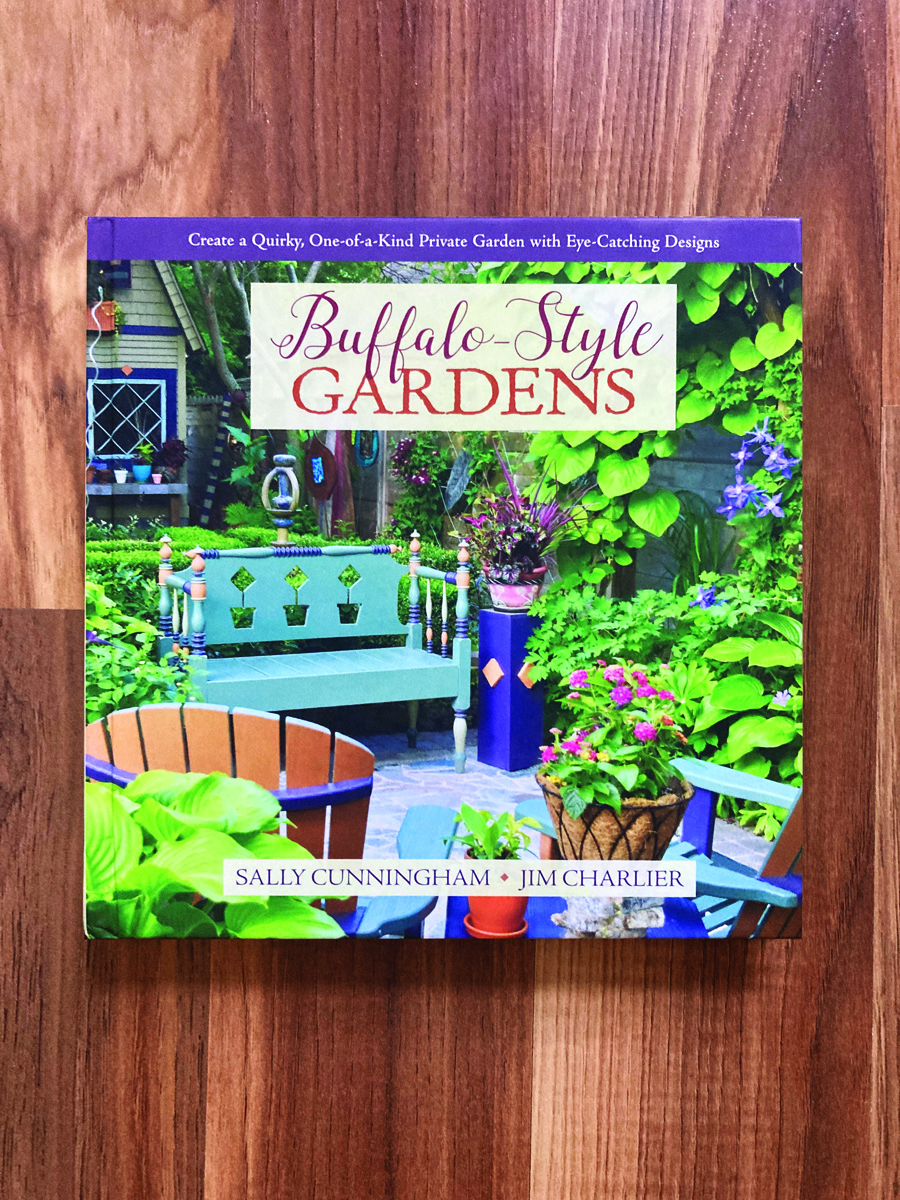
Buffalo-Style Gardens: Create a Quirky, One-of-a-Kind Private Garden with Eye-Catching Designs
Fine Gardening receives a commission for items purchased through links on this site, including Amazon Associates and other affiliate advertising programs.











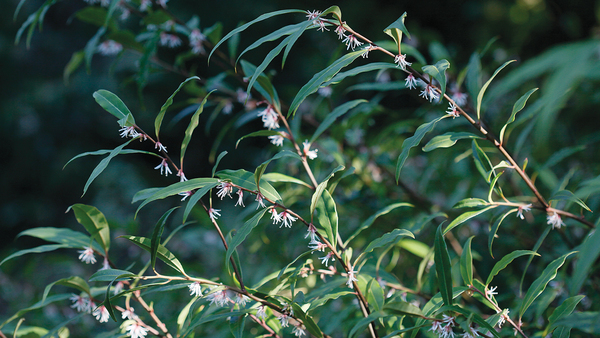

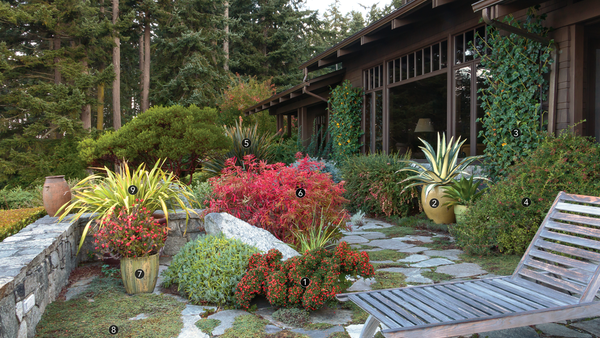













Comments
Log in or create an account to post a comment.
Sign up Log in